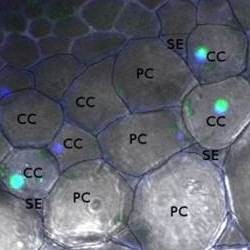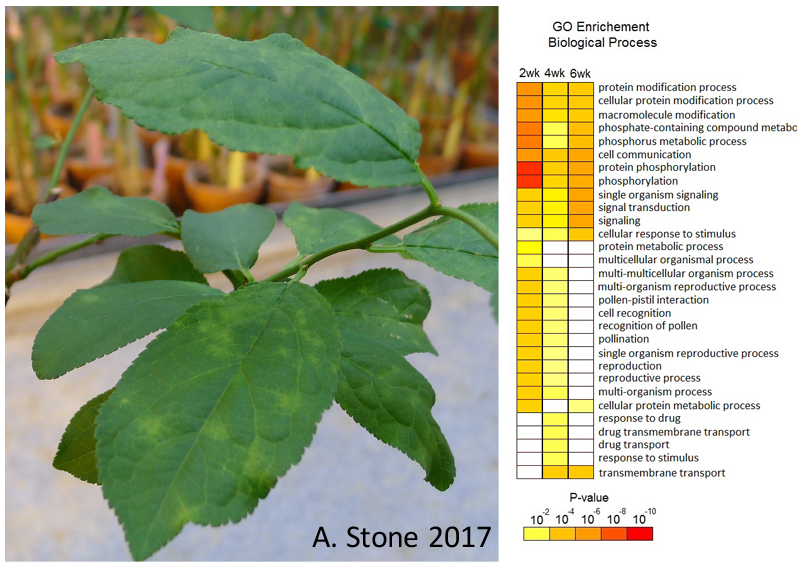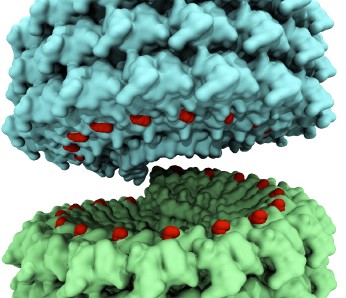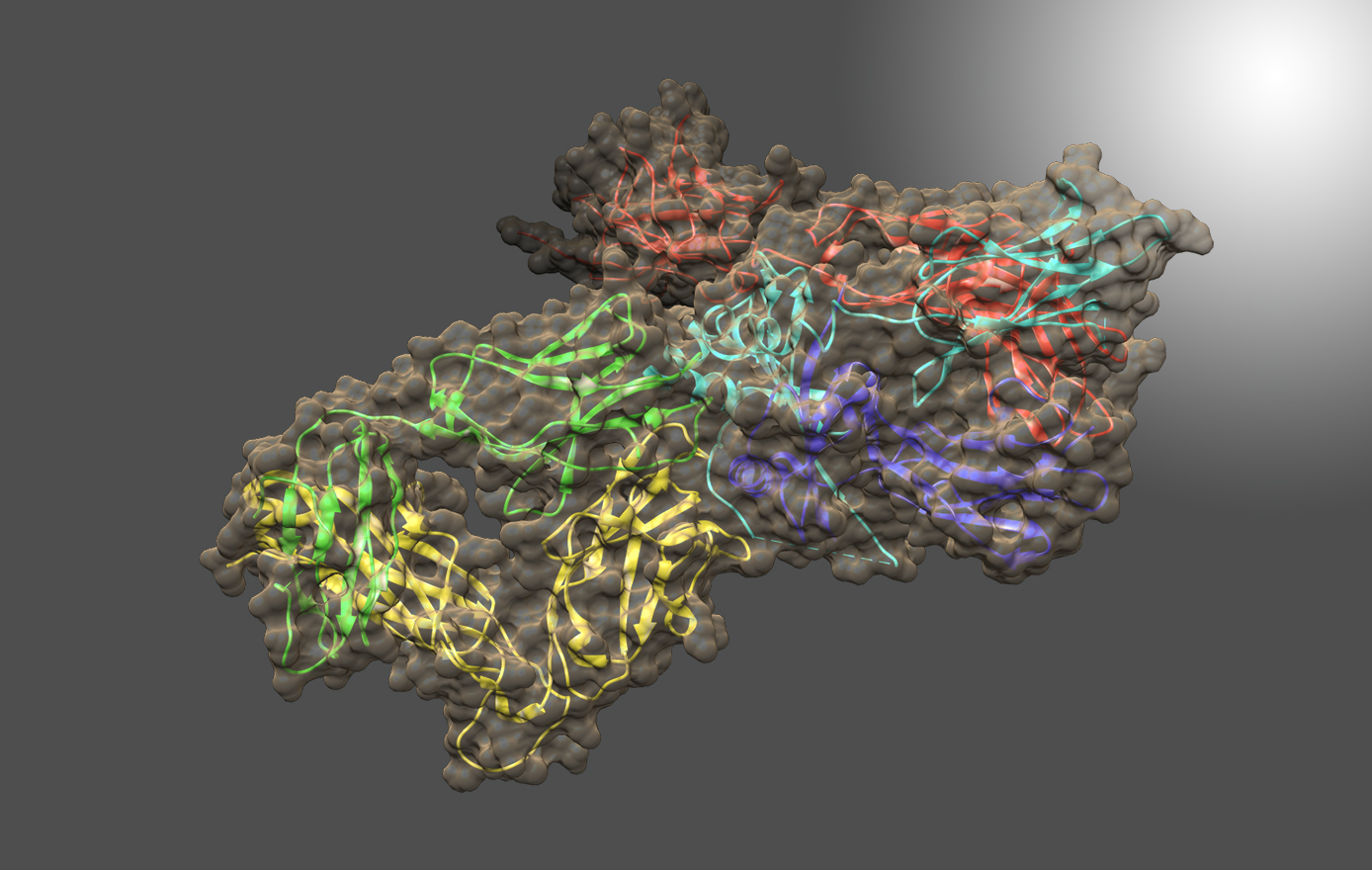
Contact
Email: jculver@umd.edu
Call: (301) 405-2912
James Culver
Professor
Culver Group
Contact
Email: jculver@umd.edu
Call: (301) 405-2912
Education
- Ph.D., Plant Pathology, University of California
- M.S., Plant Pathology, Oklahoma State University
- B.S., Microbiology, Oklahoma State University
Profile
The research focus in Dr. James Culver’s laboratory centers on understanding virus biology and its role in disease, and applying these insights into engineering viruses and other biological components for application in nano-based systems and devices. The Culver lab uses numerous scientific approaches and collaborates with scientists in fields ranging from structural biology to microfabrication. The lab’s primary goal is to utilize discoveries in virus biology to develop new approaches for their control and application.

SE, sieve elements.
CURRENT RESEARCH
Virus-Host Interactions
Viruses cause significant reductions in food, fiber and forage throughout the world. Yet despite their importance, we still understand relatively little of the disease processes through which viruses reduce crop productivity. Our biological studies focus on understanding how plant viruses cause disease or induce resistance responses. One area of study is directed at understanding the molecular mechanisms used by viruses to usurp the plant’s vascular tissues and facilitate their movement throughout the plant. The lab is currently characterizing specific plant–virus interactions and cell responses that occur within the vascular tissues of infected plants. These studies utilize a variety of virus - plant systems, including a Tobacco mosaic virus – Arabidopsis system and a Plum Pox Virus - Prunus fruit trees system.
Another focus area addresses the identification of signaling pathways involved in disease development. These studies examine changes in the host plant genome and proteome to identify host genes and pathways altered during the infection process. These insights serve to link disrupted genes or pathways to specific disease responses and virus-host interactions and functions. Our long-term goal is to utilize information from these studies to develop crop plants that do not support virus spread and/or disease development.
Virus-Based Nanotechnology
Advances in nanotechnology offer significant improvements in a range of applications including, lightweight materials with greater strength, increased energy efficiency for electronic devices, and better sensors for a range of environmental and manufacturing uses. Advances in nanotechnology require the development of systems for the design, modeling, and synthesis of nanoscale materials. Many biological molecules function on this scale and possess unique properties that impart the ability to assume defined shapes and assemblies, as well as interact with specific chemical or biological targets. The Culver lab used simple RNA plant viruses as templates for the self-assembly and patterning of novel nanomaterials and is developing methods to produce arrays of functionalized viruses for use in sensors, energy harvesting, and drug delivery. The main goal of the virus-based nanotechnology project is to integrate renewable biological components into the manufacture of nanoscale materials and devices.


